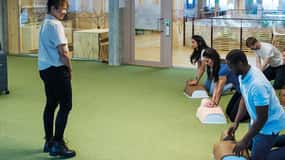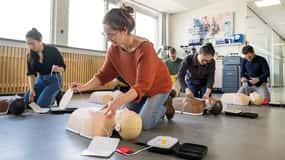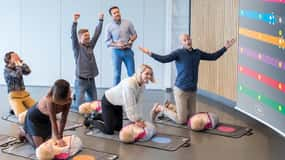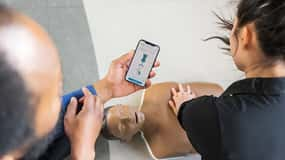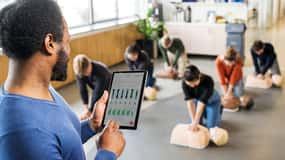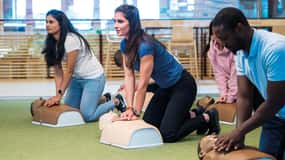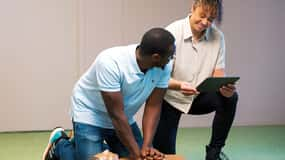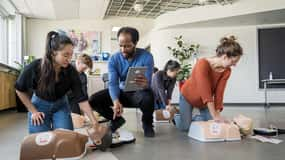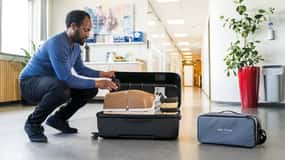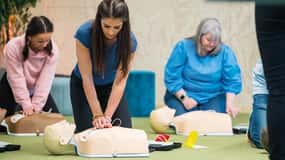
Add context that’s most relevant to your learners.
Since 73% out-of-hospital cardiac arrests occur in the home1, ask your learners to envision performing CPR on a family member instead of a random person in the community. This added context may help them feel more prepared for the actual situation they’re most likely to encounter.2
